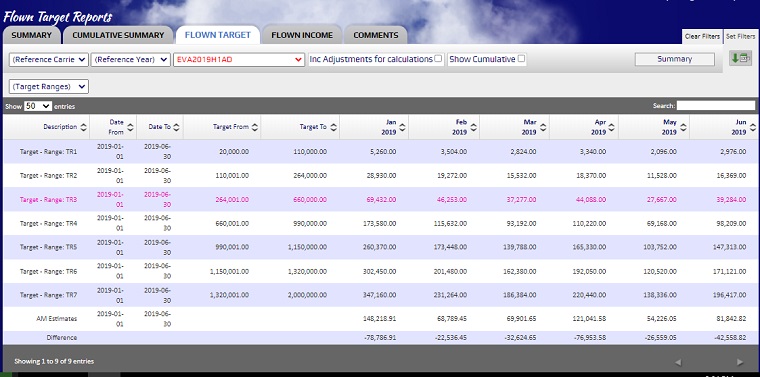Summary:
A large Asia based OTA has built a precision switch on/switch off model that controls forward flown revenue assigned to carriers to retain the edge during contract negotiations.
The Problem:
Gina the head of the air division for a very large OTA in Asia was thinking about the challenges posed during contract negotiations with the larger carriers. Nearly every carrier wanted a significant increase in their percentage of sales volumes each year for every revenue tier level that attracted back end incentive commissions. The negotiations were usually a long drawn-out affair with several rounds of negotiation and hard-line tactics. The carriers always trying to push up the target level and the OTA resisting that by suggesting lower ones. What used to happen is if the OTA had performed at the highest tier level the airline would then set that as a baseline for the following year and make the target that much harder to achieve. With competing airlines each wanting a high level of growth it was impossible to deliver and achieve the highest tiers for every airline.
The Solution:
Gina came up with a model that worked out what their income level should be for the following year. And for that income level which airlines could contribute how much from their front and back-end commissions. This gave Gina a clear picture on how much needs to be achieved per carrier in sales and ticketed revenues for the next year. Using Airline Metrics’ contract module, every airline target was loaded and tracked weekly. They noted the pattern of variance for each airline between how much was reported by Airline Metrics versus the airline reported numbers. A cumulative revenue view showed variances ranged between 0.05% to 5% depending upon the carrier. Because Gina’s team could also model the link between ticketed revenue and flown revenue using the Forecast Module and the Flown Revenue reports in Airline Metrics they built a very sophisticated model that could predict what tier level they may reach with each carrier based on ticketed sales targets they set.

The Result:
Gina’s team was able to channel the sales of various carriers to different levels throughout the year using their marketing and online search displays. The result was the ability to hit just the right amount of revenue that the OTA wanted so as to setup an easier target for the following year but also reach the levels for the current year that were planned. Over the years this model has become an ingrained process within the business and also serves as an early warning system when revenue spikes or dips show up due to changes in capacity or market conditions. They then use this to their advantage to either renegotiate the agreement or turn sales on or off as required for each airline they deal with.

